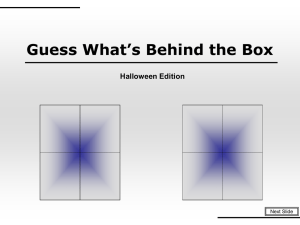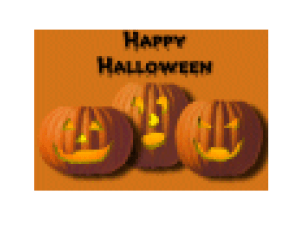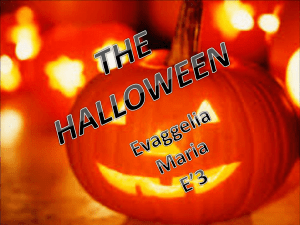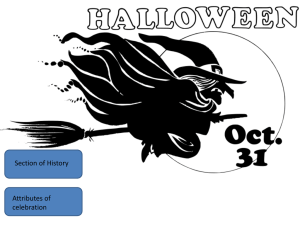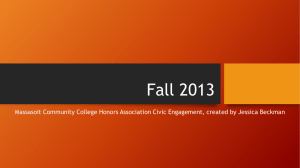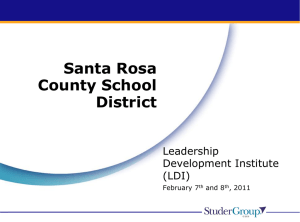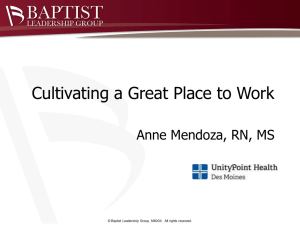Rounding
advertisement
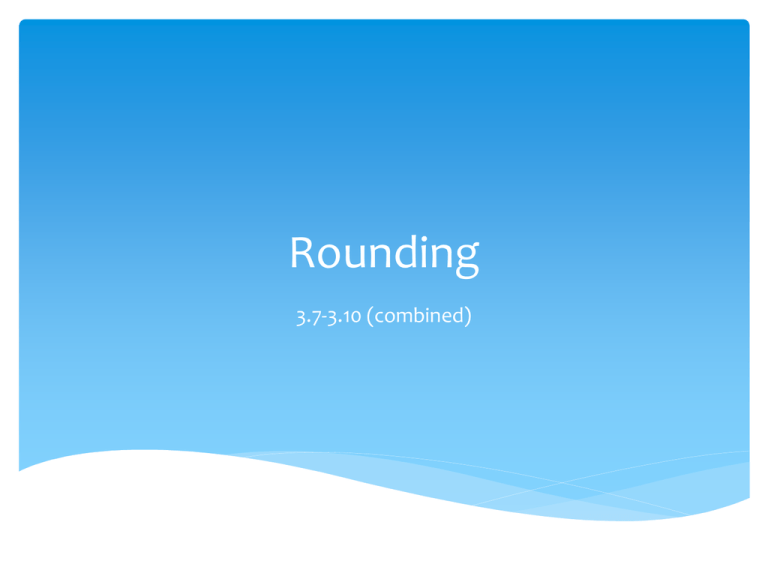
Rounding 3.7-3.10 (combined) Today I can answer: How we round numbers to any place. How rounding is used in everyday life. Questions to ponder today: What is rounding? Why do we need to know how to round? When will we use rounding in real life? Think about it… Jack’s parents bought a used car, a new motorcycle, and a used fourwheeler. The car cost $8,999. The motorcycle cost $9,690. The fourwheeler cost $4,419. About how much money did they spend on the three items? Let’s talk number lines! What is a number line? Why do we use them? 10 15 midpoint 20 WHAT?!?! 20 15 10 20 15 What’s halfway between 10 and 20? 10 200 What’s halfway between 100 and 200? 150 100 Let’s Try! 5,000 How many thousands are in 4,100? 4,500 1 more thousand would be? 4,000 What’s halfway between 4 thousands and 5 thousands? Round 14,500 to the nearest thousand. How many thousands are there in 14,500? What’s 1 more thousand? 15,000 What is halfway between 14,000 and 15,000? The halfway point is nearer to 15,000 14,500 so 14,500 rounded to the nearest thousand is ________. 14,000 On your dry erase board – You try! Round 214,569 the nearest thousand. Round to 6,700~__________ the nearest thousand. Use the number line 16,400~ _________ to model your thinking. Practice Problems The 2012 Super Bowl had an attendance of just 68,658 people. If the headline in the newspaper the next day read “About 70,000 People Attend Super Bowl,” how did the newspaper round to estimate the total number of people in attendance? Application Problem 34,123 people attended a basketball game. 28,310 people attended a football game. About how many more people attended the basketball game than the football game? Round to the nearest ten thousands to find the answer. Does your answer make sense? What might be a better way to compare attendance? Does it make any difference to round to different place value spots? Let’s round 942, 234 to the ten thousands. Round to the thousands What changes about the numbers when rounding to smaller and smaller units? -Discuss with your shoulder partner. How can you determine the best estimate in a situation? We can notice patterns or data that might inform my estimate. Rounding to the largest unit will effect different results for different numbers. We must choose the unit based on the situation and what is most reasonable. When you round to the largest unit, every other place will have a zero. Rounding to the largest unit gives you the easiest number to add, subtract, multiply, or divide. As you round to smaller units, there are not as many zeros in the number. Rounding to smaller units gives an estimate that is closer to the actual value of the number. STATION TIME! Look at station chart and decide where you need to go. Wiggle fingers when you know where you need to be once we start. When you see all classmate’s fingers wiggling in the air- tiptoe to your station and get started. REMEMBER OUR STATION EXPECTATIONS. You will need a pencil only. Now let’s try… Jack’s parents bought a used car, a new motorcycle, and a used fourwheeler. The car cost $8,999. The motorcycle cost $9,690. The fourwheeler cost $4,419. About how much money did they spend on the three items? The cost of tuition at Cornell University is $43,000 per year when rounded to the nearest thousand. What is the greatest possible amount the tuition could be? What is the least possible amount the tuition could be? STATION PRODUCT Solve the real-life word problem at your desk that matches your symbol. (pumpkin, ghost, or bat), or you may create a word problem of your own that includes a time when you had to, or you would have to, use rounding. Be sure to follow the criteria on your handout. Make sure that you have all of the required components that you need to have, based on the rubric we made. **Remember when rounding: Complete the rounding checklist (song)!** Find the number, look next door, 5 or higher – add one more, 4 or less- let it rest. **Be sure to show on your rounded problem(s) that you used this strategy. Early finisher: Halloween rounding worksheet at desk. Early FinisherWhat would you do? You were shopping for Halloween candy, for the class. You have $15 to spend. Each bag of candy is $5.99. Determine how much money you will have to spend to satisfy each classmate. (You decide what they get.) Think about cost of candy Think about distribution of candy SHOW WHAT YOU KNOW! Exit ticket On the back of your paper tell me: 3-Things that helped me, or that I enjoyed 2-New things that I learned 1-Thing I still need clarification on, or a question I still have. Just for fun! History of Halloween! 1000 B.C. – 100 B.C. The Celts were the first to celebrate a Halloweenish-type of party known as the festival of the dead. This pre-Christian holiday was called Samhain, pronounced Sah-ween. Sound familiar? Samhain was a time when ghosts walked among the living. Muhahaha! 43 A.D. - 600 A.D. Christian missionaries were not fans of Samhain and attempted to eradicate the pagan holiday. When that didn’t work, they tried to revamp it and make it more Christian-like. 800 A.D. – 1000 A.D. Still unable to shake the Pagan celebration, Pope Gregory III rules that All Saints’ Day, also known as All Hallows’ Day (Nov. 1st) be honored with Samhain. In celebration, villagers are told to dress up as saints and young men are encouraged to go door-to-door begging for food for the poor. It’s starting to sound a little more like the Halloween we know, right? 1500s – early 1800s Fast forward a few hundred years and the night before All Hallows’ Day is now called All Hallows’ Evening, Hallowe’en for short. Protestants make another attempt to get rid of the pagan practice, but the Celts continue the celebrations with bonfires and children are allowed to beg for money. In America, the Puritans ban Halloween, Christmas and Easter because they consider them to be Catholic. Only Catholics and Episcopalians take part in Halloween activities. Around 1850 Millions of Irish immigrants bring their Halloween traditions to America. They dress up in costumes and visit neighborhood homes asking for food or money, very similar to today’s trick-or-treating. 1900 Candy Corn hits the market. It’s not yet the quintessential Halloween sweet, but it’s a big hit with farmers because of its “corn” shape. 1921 Anoka, Minnesota is the first American city to officially sanction a citywide Halloween celebration. New York follows in 1923 and L.A. in 1925. By this time, kids are trick-or-treating and throwing Halloween parties. 1966 & 1978 “It’s the Great Pumpkin, Charlie Brown” makes its TV debut in 1966. And the horror flick “Halloween” hits theaters. Are there any two better Halloween classics? 2012 Halloween is celebrated by millions around the world and by people of all ages. It’s also a huge money-maker. Costumes, candy, party supplies – the year’s most spooktacular day is big business. The modern Halloween celebrates imagination and creativity – but maintains the eerie-edge of its Pagan origin, Samhein.
